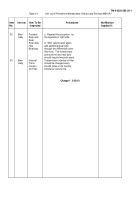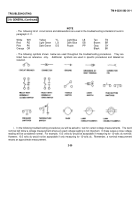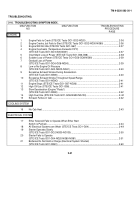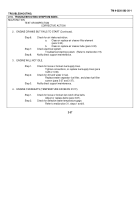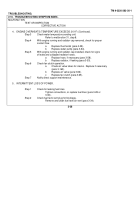TM-9-2320-283-20-1 - Page 154 of 926
TM 9-2320-283-20-1
2-9. SECTION IV.
a
.
This section provides procedures to troubleshoot vehicle systems, assemblies, and components for which repairs
are authorized at the organizational maintenance level.
b
.
In many cases, you will be given connector pin designations and harness connections
to help make
your
troubleshooting
easier.
In
Appendix
D (TM 9-2320-283-20-3) you will find information that will help you identify
connector pins and harness locations that are not yet familiar to you.
c
.
For your convenience, the appropriate STE/ICE GO and NO-GO chain tests will be referenced next to the
corresponding malfunction in the troubleshooting symptom index.The procedures
for these tests can be found in section
V of this chapter.
In the event that STE/ICE equipment is not available (or where it is not applicable), use this section as a
troubleshooting substitute.
d
.
The troubleshooting procedures in this section cannot give all the answers or correct all vehicle malfunctions
encountered.
However, these procedures are organized as step-by-step studies that direct tests and inspections toward
the source of a problem and successful correction.
e
.
Don’t begin troubleshooting with the first malfunction you find.
Search for
other visible malfunctions.
From other
malfunctions you may be able
to find a common problem area in which to concentrate your efforts.
f
.
Check all tags, service request forms, and vehicle log book for repair history.
This may also help lead you to the
source of a problem.
g
.
Always
check the easiest
and most
obvious things
first.
For example, check the appropriate circuit breaker and
relay for an electrical problem, before troubleshooting the entire circuit.
This simple rule saves time and trouble.
h
.
Before correcting a problem, diagnose
the cause of the problem.
Do not allow the same failure to occur again.
WARNING
Operation of a deadlined vehicle without preliminary inspection could cause further damage to a disabled
component and possible injury to personnel.
2-29
Back to Top








